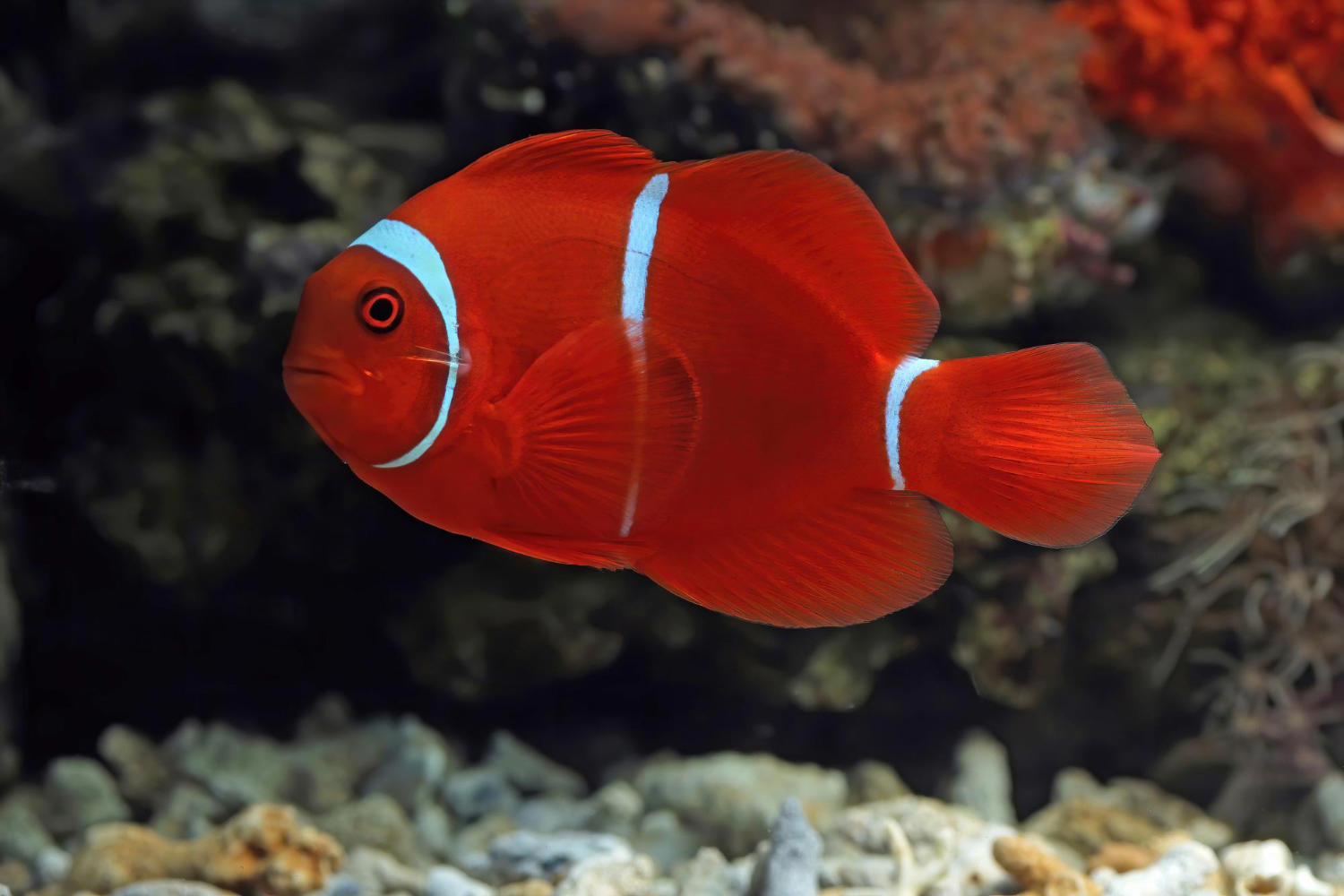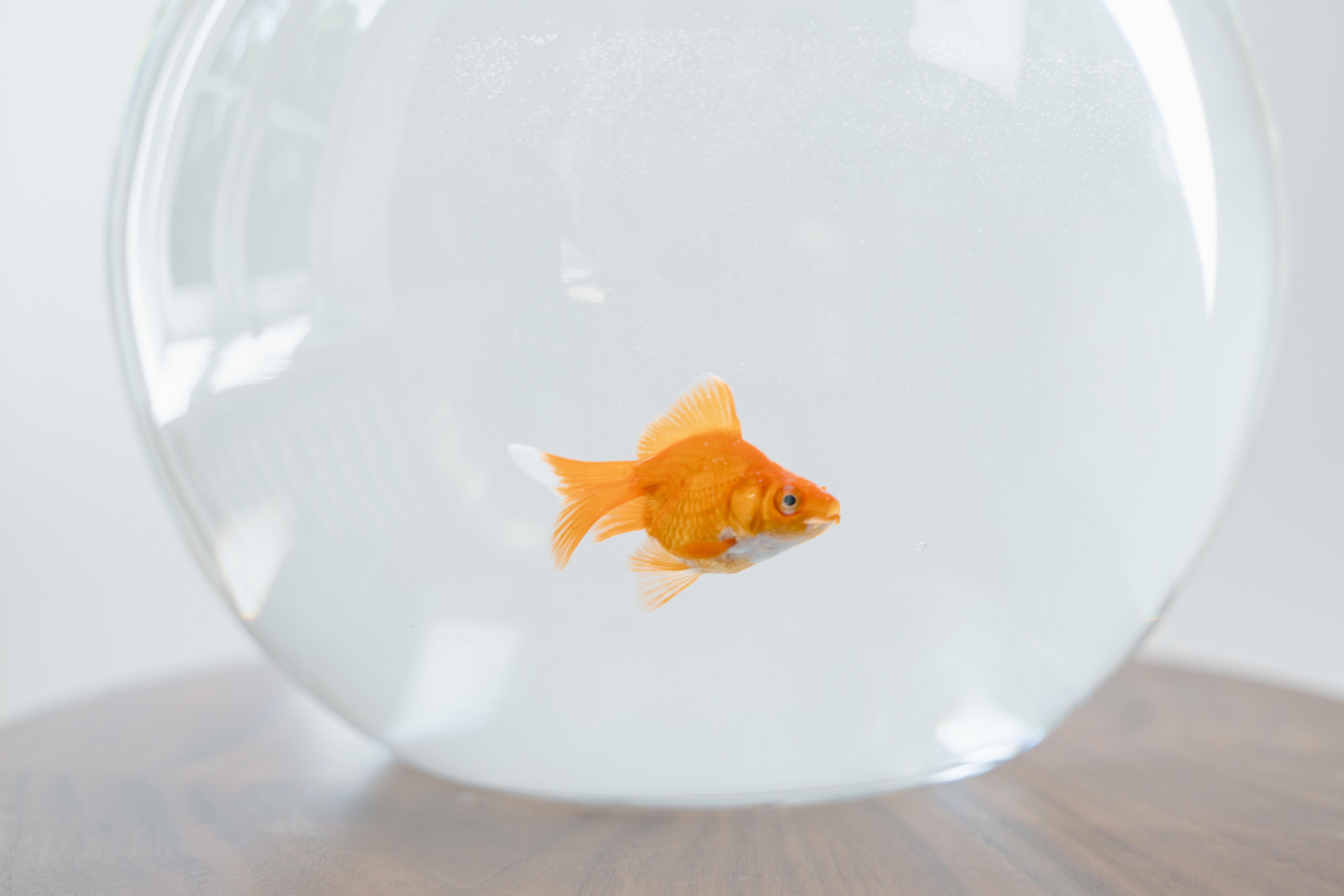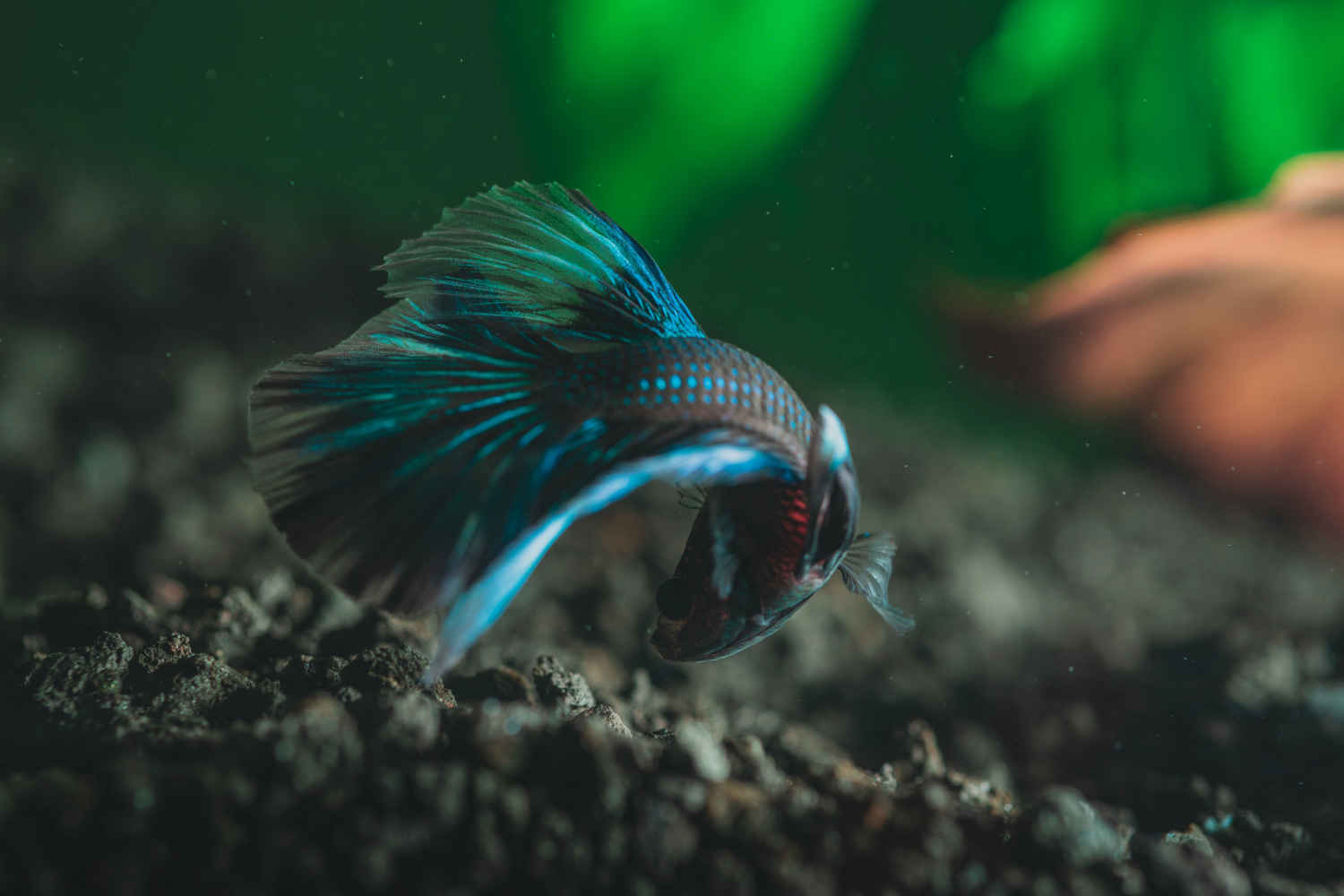
Welcome, friends! If you’re reading this, chances are you’re interested in setting up a fish tank for the first time. Setting up a fish tank can be a daunting task, especially for a beginner, but it doesn’t have to be. With the right information and a bit of patience, you can easily set up a fish tank that’s healthy and thriving. In this blog post, we’ll provide a beginner’s guide to setting up a fish tank, so you can get started on your fish-keeping journey.
If you’re new to the hobby of fish keeping, setting up a fish tank for the first time can be overwhelming. With so many decisions to make and steps to follow, it’s important to have a plan of attack to ensure your tank is properly set up and ready for your fish. This beginner’s guide to setting up a fish tank should help you get off to a good start.
- Choose the Right Tank
The first step in setting up a fish tank is to choose the right tank for your needs. When selecting a tank, there are a few key factors to consider: tank size, shape, materials, and filtration system. The size of the tank is the most important factor—it must be large enough to accommodate the fish you plan to keep. The shape of the tank should be determined by the type of fish you plan to keep. Some fish prefer tall tanks while others prefer wide tanks. Additionally, the material used to make the tank should be able to hold water without leaking. Lastly, you’ll need to decide on a filtration system for your tank.
- Add Substrate
Once you’ve selected the right tank, it’s time to add the substrate. Substrate is a material used to line the bottom of the tank. Popular substrates include gravel, sand, and plant soil. It’s important to choose a substrate that’s appropriate for the type of fish you plan to keep. For example, some fish prefer coarse gravel while others prefer fine sand. Additionally, some fish require a special type of substrate, such as coral sand for saltwater fish.
- Install the Filtration System
The next step is to install your chosen filtration system. This process varies depending on the type of filter you’ve selected. Generally speaking, most filters include a motor, a pump, and a filter medium. The motor is responsible for powering the pump, which draws water into the filter and pushes it through the filter medium. The filter medium captures debris and other particles from the water, which helps keep the water clean.
- Add Decorations
The next step is to add decorations to the tank. This includes items such as rocks, driftwood, live plants, and plastic plants. Decorations help enhance the appearance of the tank and can provide hiding spots for fish. Additionally, some decorations, such as live plants, help keep the water quality high by absorbing excess nutrients from the water.
- Add Water
When the tank is set up, it’s time to add water. Before adding water, it’s important to make sure the water is the right temperature and has the right pH level for the type of fish you plan to keep. Additionally, you’ll need to add a water conditioner to the tank to help remove toxins and other pollutants from the water.
- Cycle the Tank
The final step is to cycle the tank. This process helps to establish beneficial bacteria in the tank that will help to keep the water clean and healthy. To cycle the tank, you’ll need to add a source of ammonia, such as fish food, to the tank. The bacteria will feed on the ammonia and convert it into nitrites and nitrates. These nitrates and nitrites are then broken down by other beneficial bacteria to create a healthy environment for your fish.
Setting up a fish tank for the first time can be a daunting task. But with a little research and planning, you’ll be well on your way to creating a beautiful, healthy home for your fish. Follow this beginner’s guide to setting up a fish tank and you’ll be well on your way to becoming a successful fish keeper.
Overall, setting up a fish tank can seem overwhelming and intimidating, especially for beginners. However, with a few simple steps and the right tools, you can have your fish tank up and running in no time. It’s important to remember to take your time, research the type of fish you want, and invest in the proper equipment. With these tips, you can provide a safe and healthy home for your fish and enjoy the beauty of an aquarium in your home for years to come.
Please follow us on Social Media


.jpg)



.jpg)